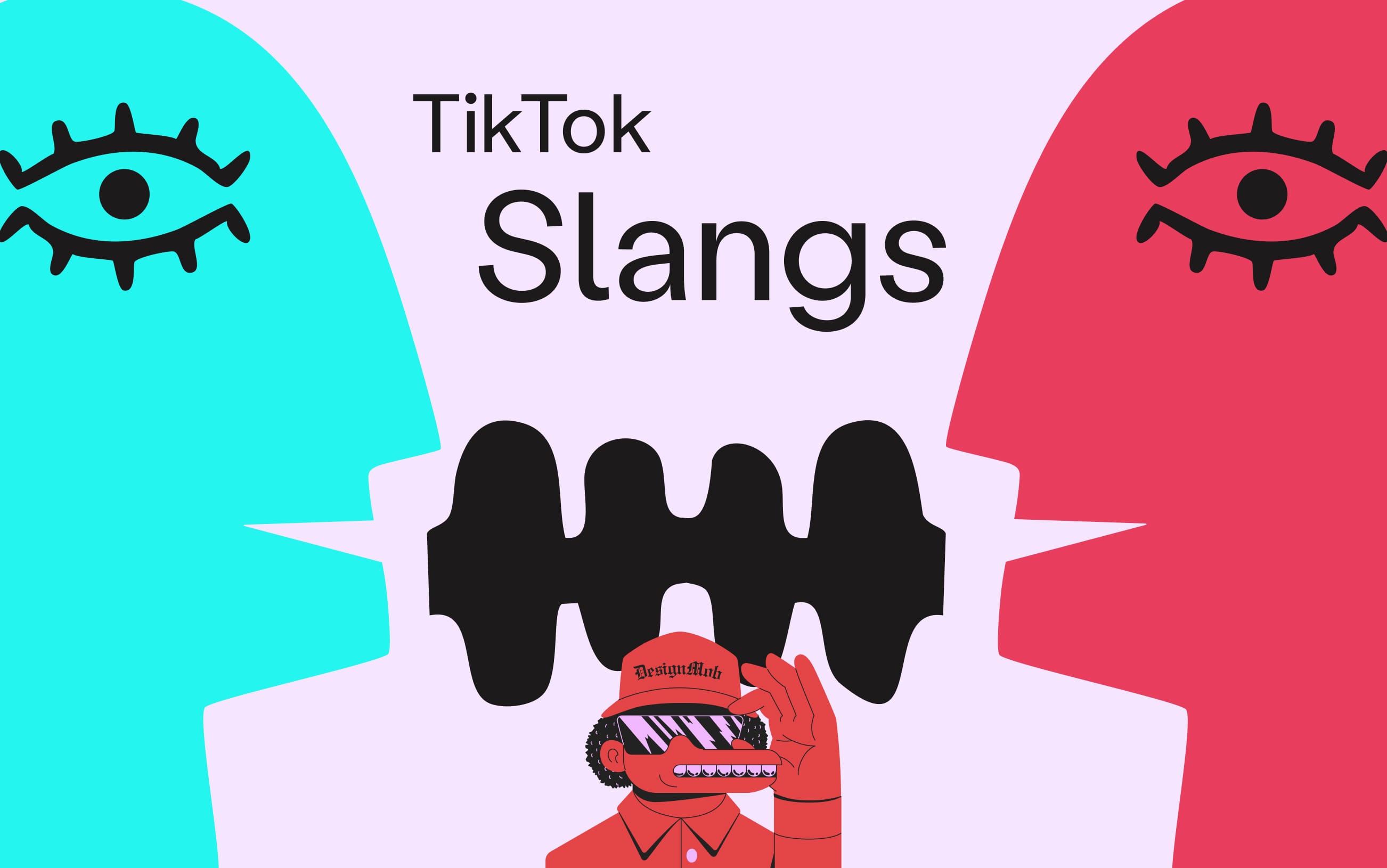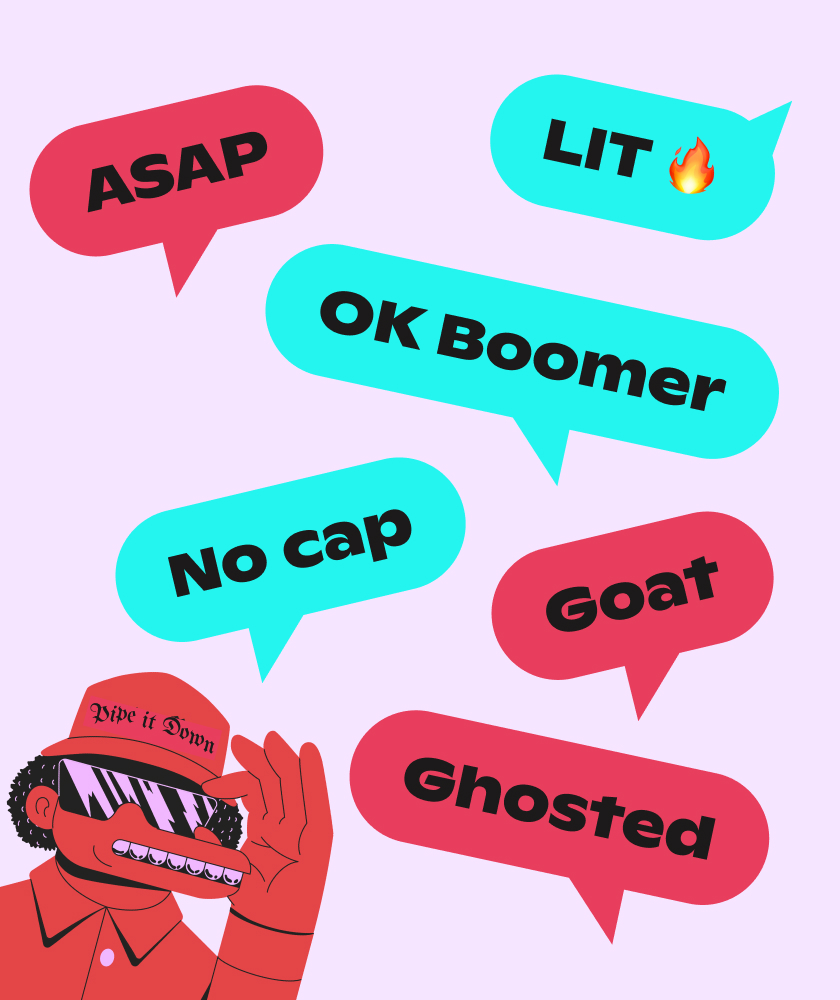When I first started delving into the phenomenon of TikTok slang, I was sure I would come across a series of interesting issues, but I didn’t expect them to be so engaging and debated among different groups of people.
I was expecting the classic "Millennial vs Gen Z" or "Slang words everyone should know" videos. Instead, my research branched out in unexpected directions. But let’s try to proceed in an organized manner.

How to Define This Creative Jargon?
Slang, as we understand it, is a constantly evolving language, primarily adopted by younger generations in daily communication. It’s made up of informal expressions and abbreviations sprinkled here and there, evolving into forms that fill lexical gaps. The terminology used originates from sources like TikTok, but the gaming world is also becoming quite significant in this context.
I read a long series of articles on the subject until I came across research conducted in the field of linguistics, full of technicalities and history.
For instance, Dumas and Lighter (back in 1978!) questioned what criteria could be used to recognize slang words, and they came up with an answer. We thank them for their service. They formulated four very useful criteria for framing the phenomenon of slang. They spoke of terms that are: - low in formality, - considered taboo, - regularly used, - and have a special familiarity associated with them.
Considering that the work of these scholars was published in 1978, it’s easy to understand that when we talk about slang, we are not just referring to the world of TikTok: long before the rise of social media, spoken language already featured these types of exceptions, if they can be called that.
But is it really useful to discuss slang?
A provocative stance is taken by @etimologynerd, a linguistics graduate from Harvard, who claims slang is a "fake." He argues that throughout history, various dialects have coexisted peacefully. Only when an official language was imposed by the dominant class did a hierarchy form, placing the official language at the top and everything else below.
According to the scholar, the standard language is just a construct, just like slang: there’s no substantial difference between the two, and there’s no accepted definition of slang in the field of linguistics. Nothing should be considered less dignified or foreign to language. Experimentation and diversification are simply part of it.

From Slang to AAVE: Language or Cultural Appropriation?
At this point, discussing the dignity of a language opens a window into a specific dialect: AAVE, African American Vernacular English. AAVE simplifies sentence structures by eliminating certain syntactic elements, such as the verb (e.g., from “she is dreaming” to “she dreamin’”). It’s a language that has given rise to viral terms like "bussin’," "bae," or "it’s giving." AAVE speakers claim intellectual ownership of their language, accusing TikTok users of cultural appropriation.
They argue that their dialect is devalued and stripped of its socio-cultural and historical context on social media. However, this conflict could turn into an alliance: what unites AAVE and TikTok slang is authenticity, a direct approach, and a dedicated community. These values can only be positive, and when taken as inspiration, they can reach a wide audience.
Slang and Identity: When Words Create Communities
The tendency to create private languages to reinforce the identity of a specific group is more than natural. People recognize each other, form strong bonds held together by shared memories and a tailor-made vocabulary. Natalia Ginzburg makes this particularly explicit in her novel Lessico familiare, where common words within a family reveal a lot of history. The same happens in couples, groups of friends, and among colleagues. This special vocabulary signifies intimacy among members, and as such, it’s closely guarded. However, in the world of social media, maintaining a private jargon is complicated. Many influencers try to reach fame by coining new viral expressions.

How can marketing make Its Way Through This Jungle?
The risk for marketing professionals is appearing inauthentic by using slang terms outside their original contexts. It’s strongly advised not to chase trends recklessly: doing so risks getting stuck in a hamster wheel, running endlessly without ever reaching a goal, burning through energy quickly. The content would also lose in quality.
Want to learn more about youth language? Check out our article dedicated to youth slang.
It’s not possible to build a content strategy solely around trends. However, staying updated and at the forefront, with a clear awareness of one’s identity, allows you to filter what’s useful from what isn’t. The human inclination to creatively develop language is an interesting and stimulating phenomenon that should be observed and understood, not just exploited.
Want to create an effective content strategy on TikTok without falling into linguistic mistakes or passing trends? We’ll help you build authentic, engaging communication aligned with your brand identity. Contact us now.
